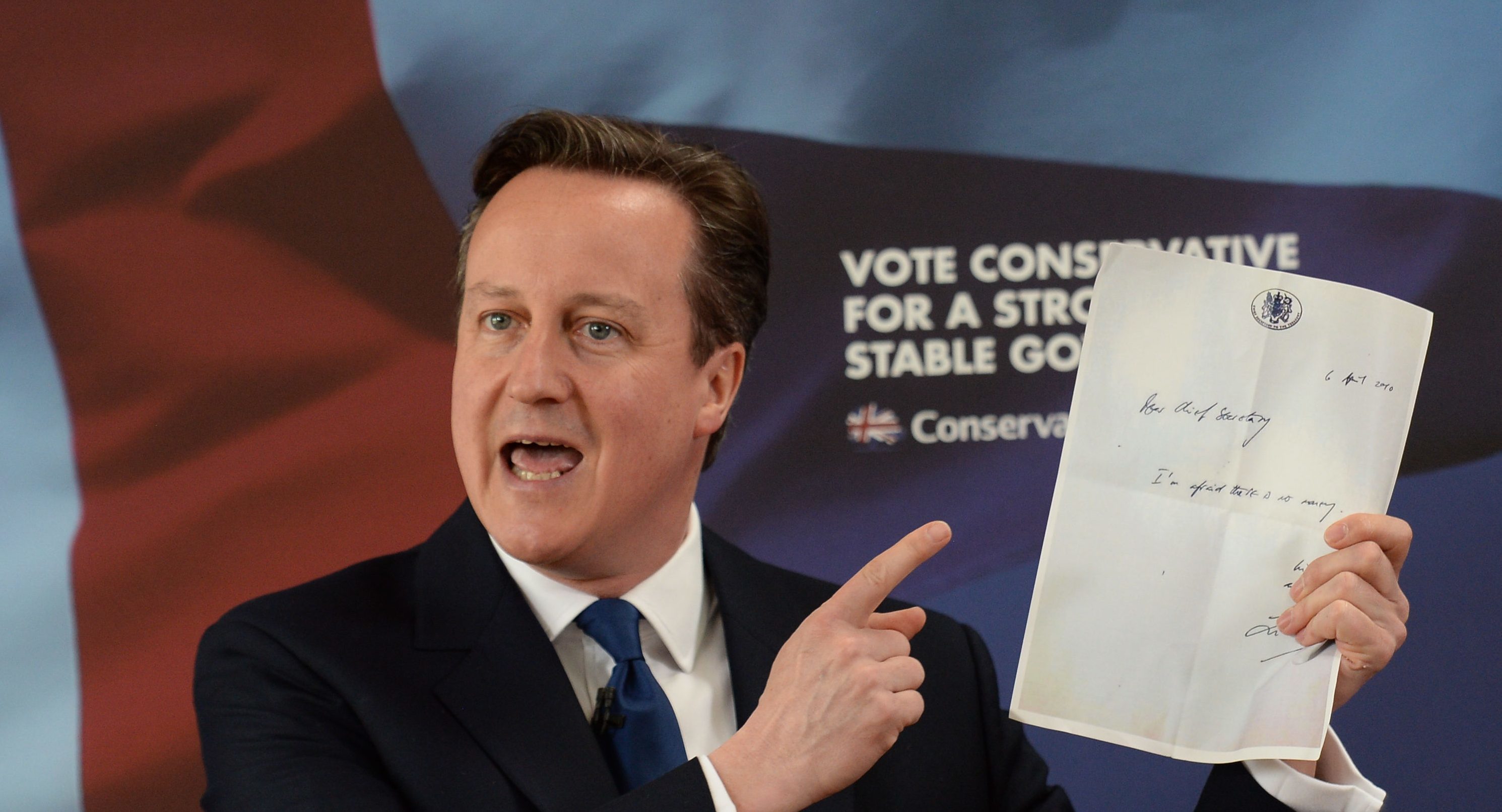A bureaucratic custody battle is being fought over the infamous note written by an outgoing Labour minister to his successor admitting there was “no money” left.
Liberal Democrat David Laws broke with convention when he disclosed details of the letter Liam Byrne wrote in 2010 as he was clearing his Treasury desk.
The fifteen-word note was repeatedly used against Labour as proof it failed to take the country’s finances seriously.
Mr Laws, who lost his seat in the last general election, said former Treasury permanent secretary Sir Nicholas Macpherson had written to him demanding he handed over the note.
According to the Mail on Sunday, he wrote: “You will obviously be aware that since the Byrne letter was addressed to the office of Treasury Chief Secretary and not to you in person, it is the copyright of HM Treasury.
“While I understand you may be reluctant to part with it, it is our duty to retain historic documents and I must ask you to repatriate it.”
Mr Laws also received a separate demand from the Government’s National Archives, which said it was “an important political document which must be preserved for the nation”.
The former Treasury chief secretary, who lasted just 17 days in the job, revealed the battle over ownership of the note at the Henley Literary Festival.
According to the Mail on Sunday, Mr Laws has ignored demands to hand over the note, sending only a photograph of it to the Treasury.
“As far as I am concerned, it’s mine,” he said. “I don’t see why I should hand it over. It’s in safe keeping and I’ll leave it to the nation in my will.”
Mr Byrne wrote the note on April 6 2010 as the country prepared to choose a new government.
It said: “Dear chief secretary, I’m afraid there is no money. Kind regards – and good luck! Liam.”
Mr Byrne has since admitted that every day he had “burnt with the shame of it”.






